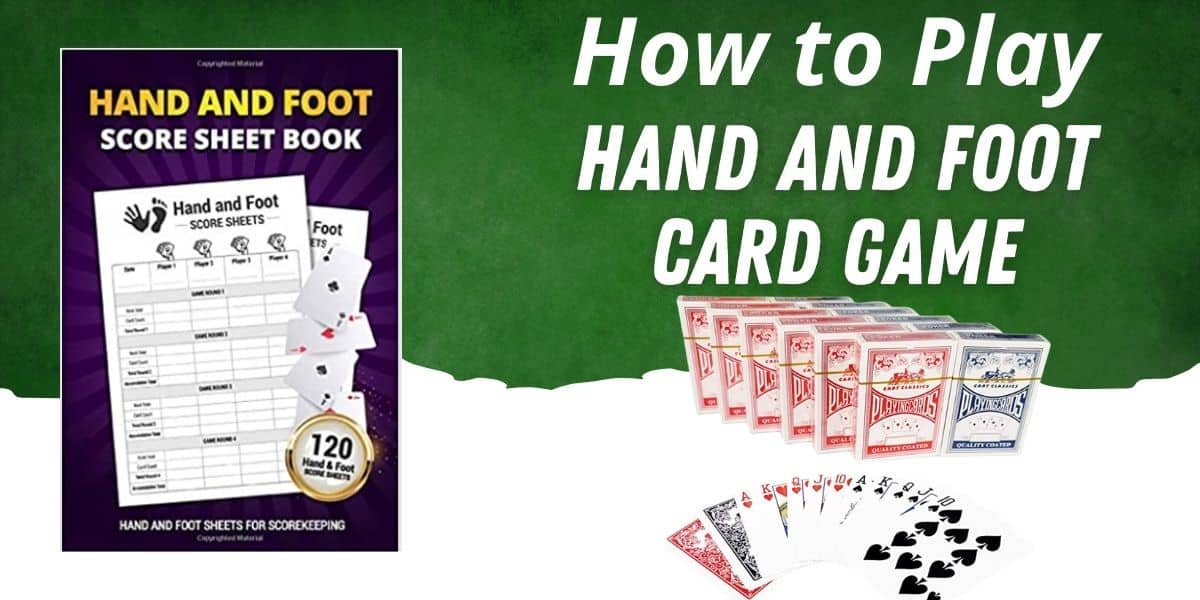

The winner of the bid may not look at the cards passed to him until trump has been called. You may also alternate between passing to the right, to the left, and not passing, as long as the order is regular and agreed upon beforehand.Ī player may not pass any cards that were passed to him. The direction of passing alternates between each hand (right, left, right, left, etc.).


The winner and his partner keeps any points that the dropped card may be worth.Īll players must now choose three cards to pass face-down to the opponent on either their left- or right-hand side. This card may be the card from the center. So what keeps people from bidding right up to 200 in order to get to call trump? If after playing the hand, the player who called trump and his partner do not make their bid (in other words, they get fewer points than they bid), then they lose the number of points that they bid.Īfter bidding, the winner of the bid takes the card from the center and drops a card from his hand, placing it face down in front of him. Winning the last trick is worth 20 points.The joker (or "rook") is worth 20 points.There are 200 total points in a hand, broken down as follows: (More on winning points later.) Bidding starts at 70 and increases by 5 each time someone bids again. The winner gets to call trump (but not just yet! First, I must explain bidding a bit more).Ī player's bid signifies the minimum number of points that he believes he and his partner will win in the hand. This process continues until three players have passed the fourth is the winner of the bid. A player who passes may not re-enter the bidding. Starting with the player to the left of the dealer and going around clockwise, each player either makes a bid, or passes. (Don't worry about what the joker (or "rook") means just yet.) Now we are ready to bid.Īfter the cards are dealt, players bid for the right to call trump. Duh.) Arrange your cards in suit order without telling any other player what you have. Deal out the first 52 cards, placing the 53rd face down in the center. The four players should sit around a card table or suitable substitute, partners sitting across from each other. Variations on Princeton Rules and other variations are listed below.)įirst, the simple and straightforward stuff, for completeness. To differentiate these rules from those of other varieties, I've coined them "Princeton Rules," for that's where I learned to play the game. (NOTE: There are many different varieties of Rook.


 0 kommentar(er)
0 kommentar(er)
